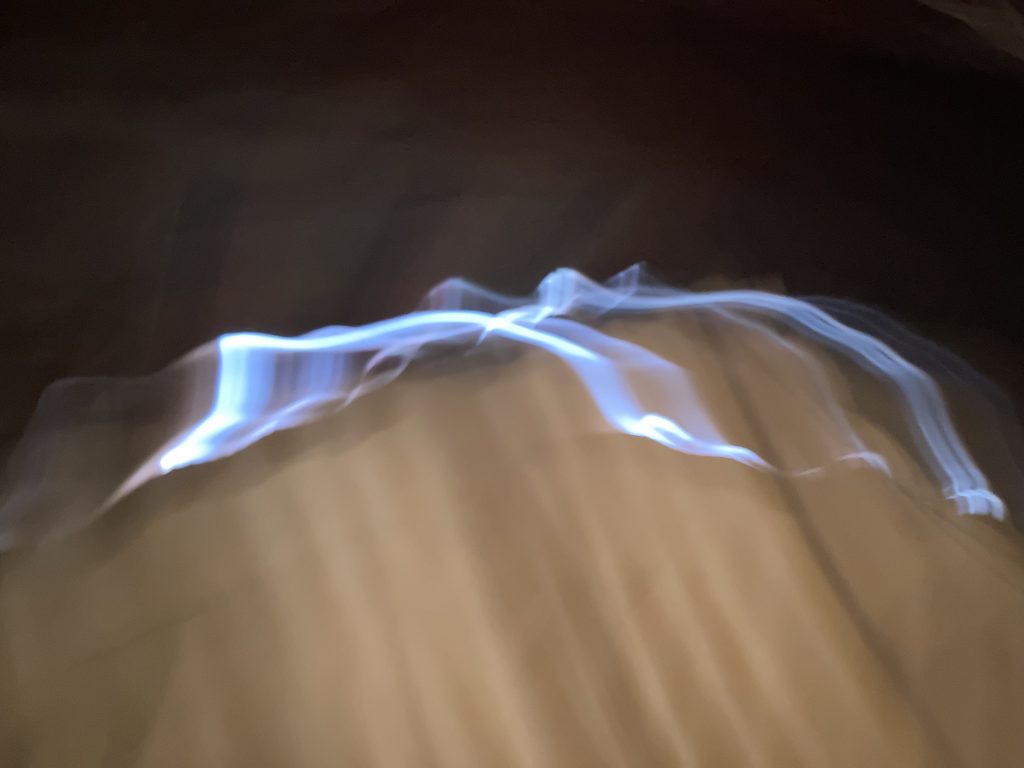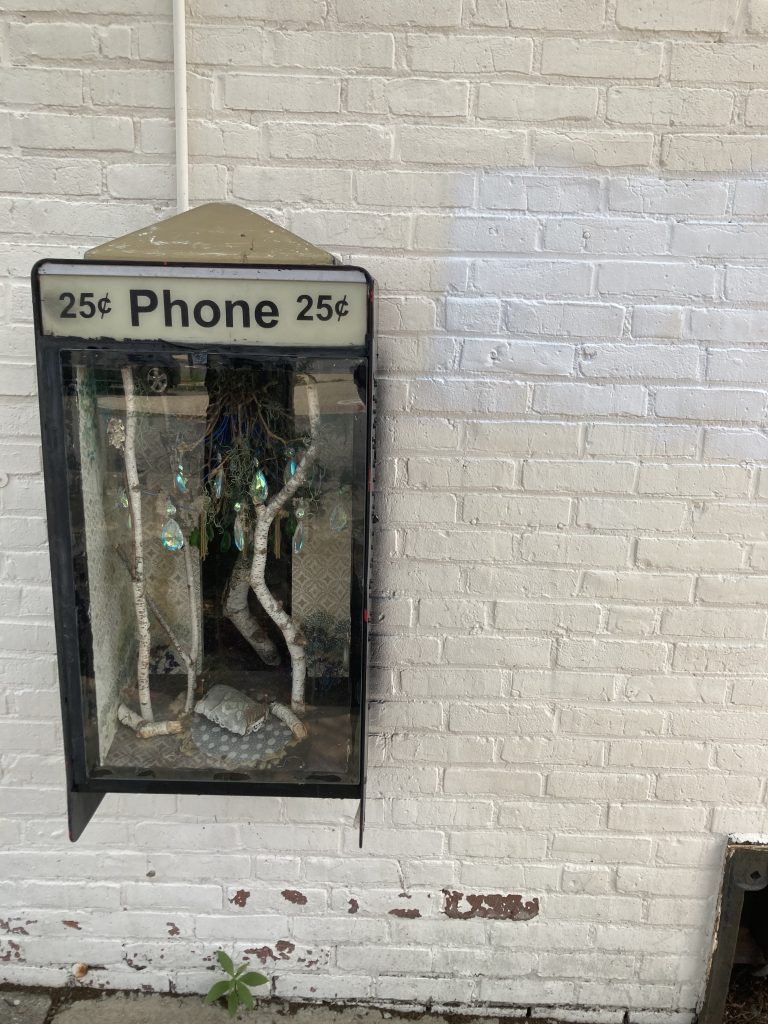My jacket makes up about 20% of the bulk of my backpack. It’s heavy and old and the outer is a shell of weather-resistant material that squirms under pressure, making it nearly impossible to use as a pillow. It’s a waste of space, most days. It’s been autumn for years and, though I occasionally wake to find frost on my tent, it hasn’t been cold- cold enough for the jacket- in a long time. I carry it anyway, for days like today.
‘With a name like ‘The Minnesota Snowglobe,’ a traveling family might be forgiven for expecting an amount of whimsy at this wintery roadside attraction. That is not the case. ‘The Minnesota Snowglobe’ is a hemispherical prison north of the twin cities and its only permanent resident is a captive storm. And not just any storm. ‘The Minnesota Snowglobe’ claims to house the last winds of the Children’s Blizzard of 1888, infamous for the death of children on their walk back from school. If that snippet of history isn’t enough to turn a curious family away, the sound of the storm raging inside is warning enough that this is not a casual stopover.
The blizzard roils inside the half-orb structure, loud enough that employees at the ticket stand wear earplugs and occasionally sue for the peculiar psychological effects of long-term exposure to high-decibel white noise. The Children’s Blizzard is angry- why wouldn’t it be? It has been kept alive too long, churning the same snow and blowing the same air in perpetuity. ‘The Minnesota Snowglobe’ claims to manage this effect via industrial fans and coolant networks but there is no evidence that these systems exist. The enterprise operates on a small diesel generator, enough to power the ticket booth and not much else. Skeptics have mapped the facility and, barring some off-record space underground, have concluded that there is simply not room for the machinery ‘The Minnesota Snowglobe’ claims to own. The same skeptics insist that the storm is alive, biding its time until it can kill again.
Travelers would be wise to come to their own conclusions.’
I leave Hector at the front. He has sweaters and jackets and I’m sure I could insulate his little traveling kennel so that he would be warmer than me carrying it but there’s the noise to think about, the howling, and there’s the risk of his escape- the risk of frozen ear tips and blackened rabbits paws. He’s had enough unseasonable weather for one lifetime, so I go in alone.
The entrance to ‘The Minnesota Snowglobe’ consists of a complicated series of airlocks to keep the circulating storm inside. Six sliding doors and two long hallways later, I enter the central chamber of the dome structure and am nearly blown over by wind and ice. The blizzard rages at me for several minutes and I am blinded, kept flat against the sealed door behind me and eventually huddled on the ground. Just as I think to call for help, the wind subsides, some, and I spy the cabin at the center of ‘The Snowglobe.’ I struggle to my feet and brave the icy open space that separates us.
The cabin is the only respite offered within the dome. It’s unheated and hardly insulated, but it provides some relief from the wind and, when I arrive, is already warmed by five other visitors: an out-of-sorts looking family. They turn to me as I stumble inside and watch as I struggle to close the door against the wind.
“Rough weather,” I say when it’s done.
Nobody laughs. They look like they’ve been arguing. The youngest kid’s face is streaked with tears. The oldest has her arms crossed. Their parents look embarrassed. We exchange the barest of pleasantries before one of the men changes his tone to that peculiar condescension that fathers use when they’re asking a stupid question on behalf of a child.
“You didn’t see a cat out there, did you?”
“Uh, no,” I tell him, “Did you bring a cat?”
He ignores me, turning to the youngest instead: “See? No cat.”
“It’s out there!” the kid cries, “I saw it!”
The dads go back to looking embarrassed. The daughter crosses her arms tighter. I make things worse by suggesting that a cat wouldn’t last long in the snow and we’re all quiet until, several minutes later, the kid shouts and points out into the snow.
“There!”
The family doesn’t react but I give the kid the benefit of the doubt and see it just in time- not a cat: a rabbit. Hector. It was stupid to leave him behind, stupid to think he’d be safe with a bunch of underpaid teenagers. I’m out of the cabin and back into the storm in an instant but Hector is quick when he wants to be. He leaps toward the edge of the dome and skirts the wall, disappearing in gusts of wind and reappearing out of the snow, always just on the edge of my vision. I call his name but the wind drowns out my voice. Every time I make headway, the wind picks up and knocks me to the ground.
Finally, I manage to corral him toward an exit. He scurries inside, heavy or warm enough to activate the sliding door. It’s nearly sealed by the time I reach it so I break the glass on the emergency escape and pull the latch. I do the same on the second door and the third, hoping that one of the airlocks ahead will hesitate just long enough to allow me to catch him.
It isn’t until I’m halfway through opening the last airlock that I realize the wind is still with me, that it plays with shadow and snow in a way that looks much like a rabbit, but isn’t one at all. It’s too late. The airlock slides open and the Children’s Blizzard escapes out into autumn, leaving a trail of frost. The family joins me a few minutes later. The youngest prods my arm.
“Did you catch him?”
The staff of ‘The Minnesota Snowglobe’ have their hands full- full enough that they don’t notice me picking Hector up from behind the counter and disappearing back out onto the road. They aren’t getting paid enough to care.
-traveler





